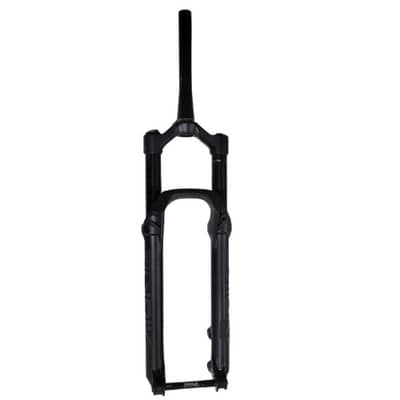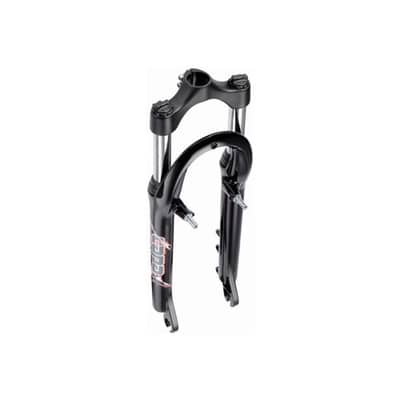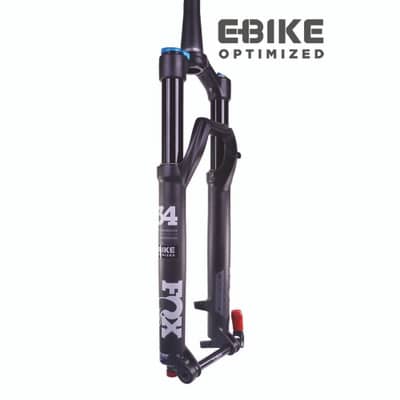Suspension fork
The bicycle fork is a particularly important element. Basically, a distinction is made between a suspension fork with oil or air damping or with steel suspension. Any lockout can be operated via the fork crown or the handlebar switch.
-22%
999.00 779.00 €*
free shipping
In stock, available
-10%
1,449.00 1,299.00 €*
free shipping
Currently not available
SALE -{{UVPPercentDiscount}}%
-{{UVPPercentDiscount}}%
new {{jahr}}
{{#UVP}} {{UVP}} {{/UVP}} {{record.Preis}}*
{{#FreeShipping}} free shipping {{/FreeShipping}} {{^FreeShipping}} excl. shipping costs {{/FreeShipping}}
{{^onStock}}Lieferzeit: {{/onStock}}{{record.Lieferbarkeit}}
- {{caption}}
- {{caption}}
- {{caption}}
- {{caption}}
- ...
- {{caption}}
- ...
- {{caption}}
- {{caption}}
- {{caption}}
- ...
- {{caption}}
- {{caption}}
- ...
- {{caption}}
- {{caption}}
- {{caption}}
- {{caption}}
What you should consider
When you're riding your bike, the bike fork plays a crucial role in your riding experience. The bike fork is not only a connection between your bike and handlebars, but it also affects your handling, control, and comfort while riding. Here are some important aspects you should consider:
-
Suspension systems: there are two main types of bike forks: rigid forks and suspension forks. Rigid forks are lighter and provide more direct power transfer, but are less comfortable on rough terrain. Suspension forks absorb shock and vibration, which is especially important for mountain bikers.
-
Travel: Travel refers to the maximum distance the fork can compress. This affects how well the fork can absorb bumps. Suspension travel of 100-160 mm is common on mountain bikes, while road bikes often have a rigid fork.
-
Axle types: Pay attention to the axle type of the fork. Diameter and mounting standard can vary. Thru axles offer more stiffness and control off-road, while quick releases are easier to use.
-
Material: Forks are made of various materials such as aluminum, steel or carbon. Lighter materials like carbon often offer better damping and efficiency, while steel can be sturdier.
-
Handlebar Tube: The handlebar tube of the fork should match the head tube of your frame. Pay attention to diameter and length to ensure proper fitment.
-
Mounting length: The mounting length of the fork affects the height of the bike and thus your riding position. Consider which position is most comfortable for you.
When choosing a bike for k, it is important to consider your riding style, terrain, and personal preferences. If you ride primarily on paved roads, a rigid fork might be sufficient. However, if you enjoy off-road adventures, a suspension fork with adequate travel is recommended.
Choosing the right bike fork is essential for your safety and riding comfort . Be well informed about the different options, test them if possible and get advice from professionals to find the optimal fork for your bike.




